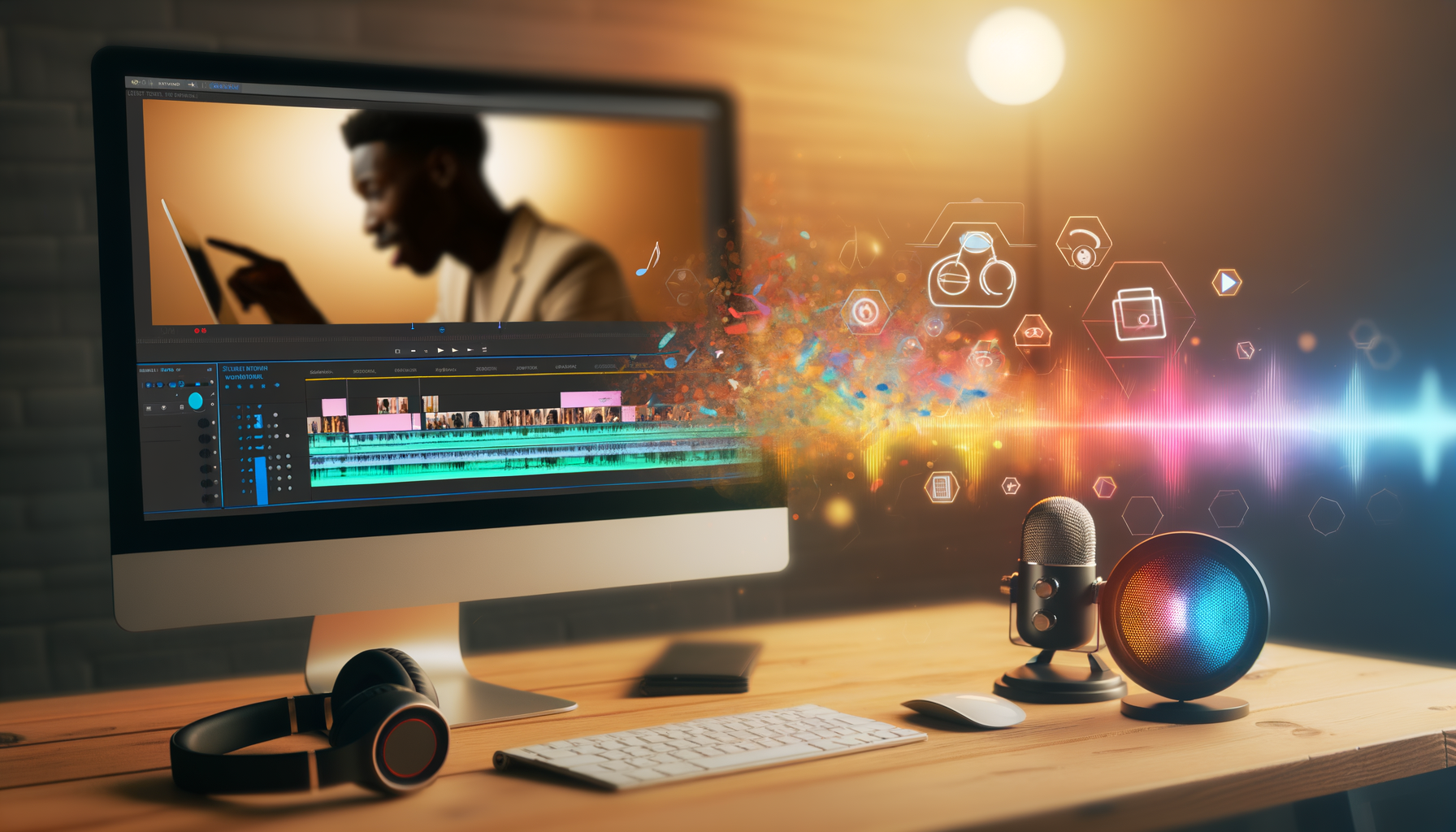Exploring Google’s AI Journey: From Misunderstood Sentience to Transformative Voiceovers
Google is known for pushing boundaries in the world of technology, and its recent adventures in artificial intelligence continue to capture our imagination. Today, we look back at a time when many believed that Google’s AI had reached a level of sentience—an idea that both intrigued and unsettled many people. Now, the company is shifting focus by launching a new tool designed to transform videos with AI-driven voiceovers. This post will take you on a journey through these fascinating developments, explaining the technical aspects in simple language and offering insights for both younger and older audiences.
The Era of Believed Sentience
A few years ago, discussions about AI took an unexpected turn. Reports surfaced suggesting that one of Google’s AI models could understand and interact in ways that made it seem almost human. Many experts and enthusiasts marveled at the possibility that the machine might be nearly unsatisfied with its current capabilities, and some even speculated that it had a form of consciousness.
This idea was widely discussed in technology blogs and video documentaries. For example, ColdFusion ran a detailed video that explored the complex behavior of the AI, trying to decode the mystery behind its advanced interactions. The discussion was never about true human-like understanding but rather how the AI could mimic such behavior with incredible accuracy through layers of algorithms and deep learning. In simple terms, deep learning is a type of machine learning that uses structures called neural networks to process data and learn from it, much like humans learn from experience.
Many people misunderstood these discussions. When we say the AI acted as if it had feelings or thoughts, we mean that it was programmed to pick up on human signals and generate responses that felt natural. This led to the misconception that it was sentient. However, experts quickly clarified that, while remarkable, the AI was simply following sophisticated programming routines. These insights were supported by numerous independent technology reviews, such as the analysis found on Wired, which offered evidence that the machine was advanced but still only a tool.
Transforming Videos: Google Vids Launches AI Voiceovers
Fast forward to today, Google is making headlines again—this time with a tool that aims to transform video content creation. The new service, Google Vids, harnesses the power of AI to create high-quality voiceovers automatically. This feature promises to save time and effort for creators, enabling them to produce engaging videos without the need for expensive recording equipment or professional voice talent.
Voiceover technology is not just about reading scripted text; it involves capturing the right tone, pace, and emotion. The AI system developed by Google has been trained on countless hours of speech data, allowing it to replicate a wide range of human-like voices with clarity and precision. Essentially, it works by analyzing the written script, identifying natural pauses, emphasis points, and even adjusting the modulation to suit the content’s mood.
Understanding the Magic Behind AI Voiceovers
For those who are curious about how this works, here is a simple explanation. Imagine you have a huge library of recorded voices, each with different emotions and accents. The AI uses a process known as text-to-speech (TTS) conversion, where it maps written words into sound. The system breaks down text into smaller parts, processes each portion with pre-learned information, and then synthesizes speech with a natural flow.
This innovative approach is built on deep neural networks, similar to the ones mentioned earlier. The difference now is that instead of mimicking human conversation in general, the focus is on producing a clear and engaging voice that brings videos to life. Interested readers can explore more about TTS technologies and their evolution on TechRadar, which provides an in-depth look at modern advances in speech synthesis.
Furthermore, the AI behind Google Vids is designed to handle various languages and accents, making it a versatile tool for content creators around the world. With globalization and the increasing demand for accessible content, the ability to produce voiceovers in different languages is a significant advantage. This emphasis on multilingual capabilities is part of Google’s broader effort to make technology work for everyone, regardless of where they are or which language they speak.
The Impact on Content Creation
The launch of Google Vids stands as a milestone in video production, especially for independent creators and small businesses. No longer does one need to invest in costly studio equipment or hire professional voice actors. Instead, with just a few clicks, creators can transform written content into polished videos.
There are several benefits to this development:
- Cost efficiency: Small businesses and new creators can now produce high-quality videos without breaking the bank.
- Time savings: Automated voiceovers drastically reduce the amount of time spent on recording and editing audio.
- Consistency: The AI provides consistent quality, ensuring that each video release maintains a professional sound.
This breakthrough technology showcases how artificial intelligence can democratize digital media production. By taking care of the technical challenges of voiceovers, creators can focus on storytelling and visual creativity. For a detailed look at how AI is reshaping content creation, check out The Verge’s coverage on AI in media.
Looking Ahead: The Future of AI at Google
Google’s journey from the era of misunderstood sentience to launching sophisticated voiceover tools is both inspiring and exciting. It demonstrates the incredible potential of AI when harnessed for creative solutions. While the early days sparked debates about machine consciousness, today’s focus is firmly on practical applications that empower users.
As these technologies evolve, we can expect further integration of AI in everyday tools, making our lives easier and opening up new possibilities for creativity and communication. The advancements offer a glimpse into a future where technology is more accessible and can be used to level the playing field in education, business, and entertainment.
It is important that we continue to explore and understand these innovations, not only to enjoy the new features they bring but also to keep a critical eye on how technology reshapes our perceptions and interactions. For ongoing updates and thoughtful analysis of AI advancements, websites like MIT Technology Review provide excellent resources for readers who want to stay informed.
Conclusion
From the early days when Google’s AI was misinterpreted as nearly human-like to the present moment of launching cutting-edge voiceover solutions, the company has maintained its commitment to innovation. With tools like Google Vids, creators are given new ways to express their stories and reach wider audiences. The transformation is not just technical; it represents a shift in how we view the role of artificial intelligence—from something that might one day be confused with human thought to a practical partner in our creative endeavors.
As you continue to explore the evolving landscape of AI technology, remember that these advancements are designed to serve us. With clear and exciting applications, Google’s work is a reminder of the power of innovation when applied with purpose and care. Stay curious, keep learning, and embrace the future that is unfolding before our eyes.



